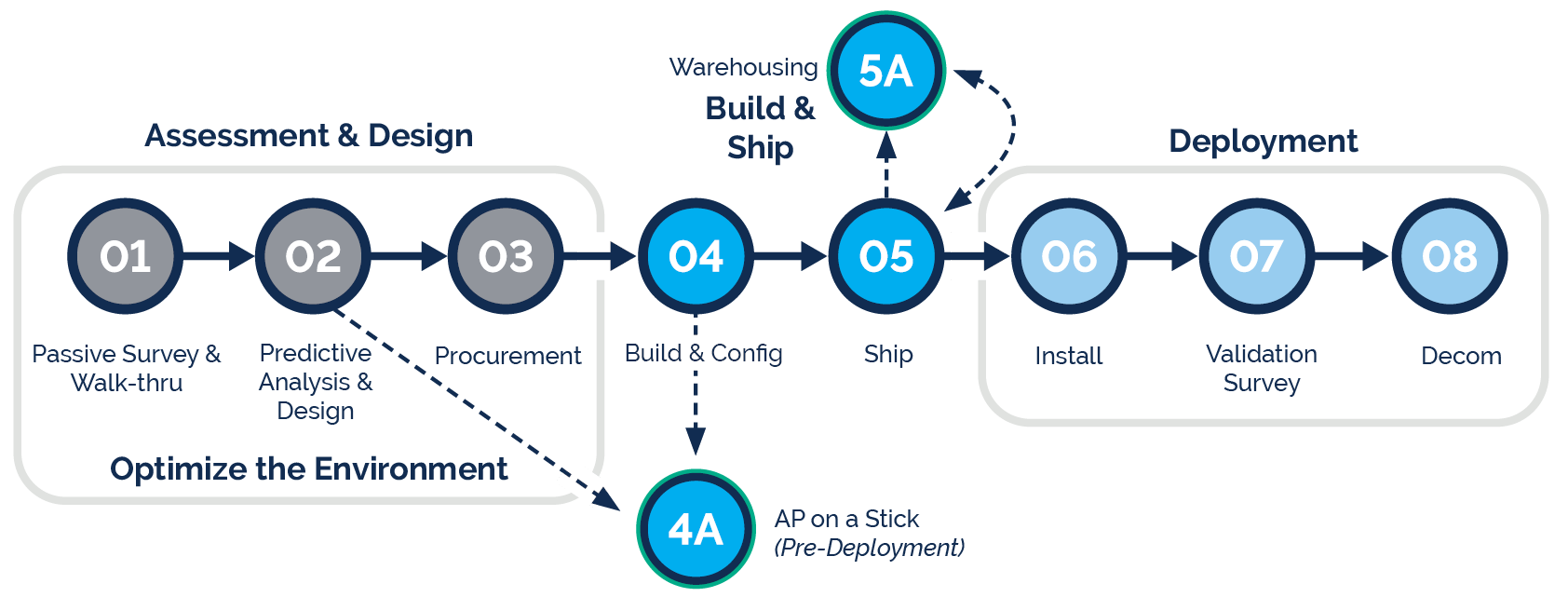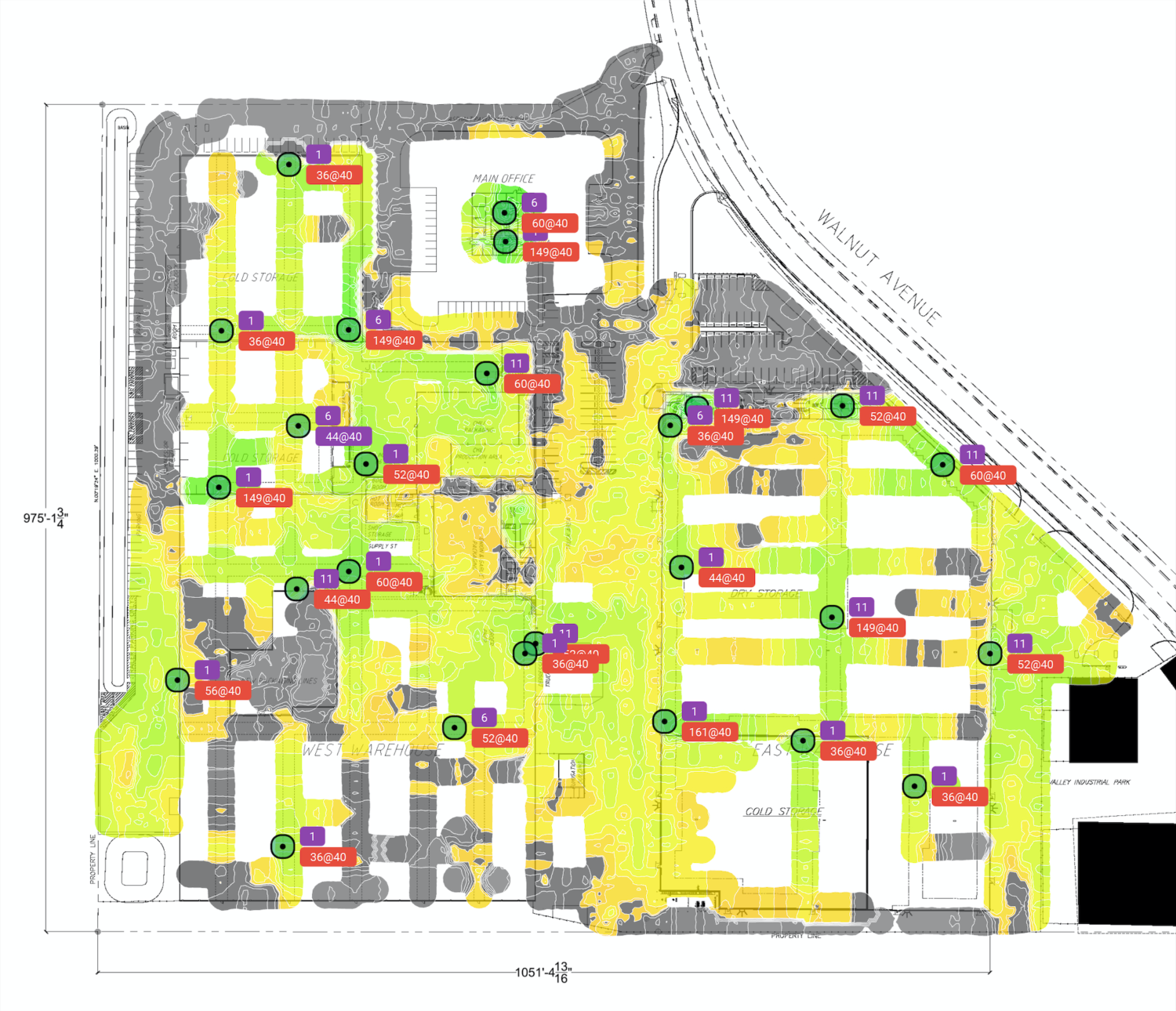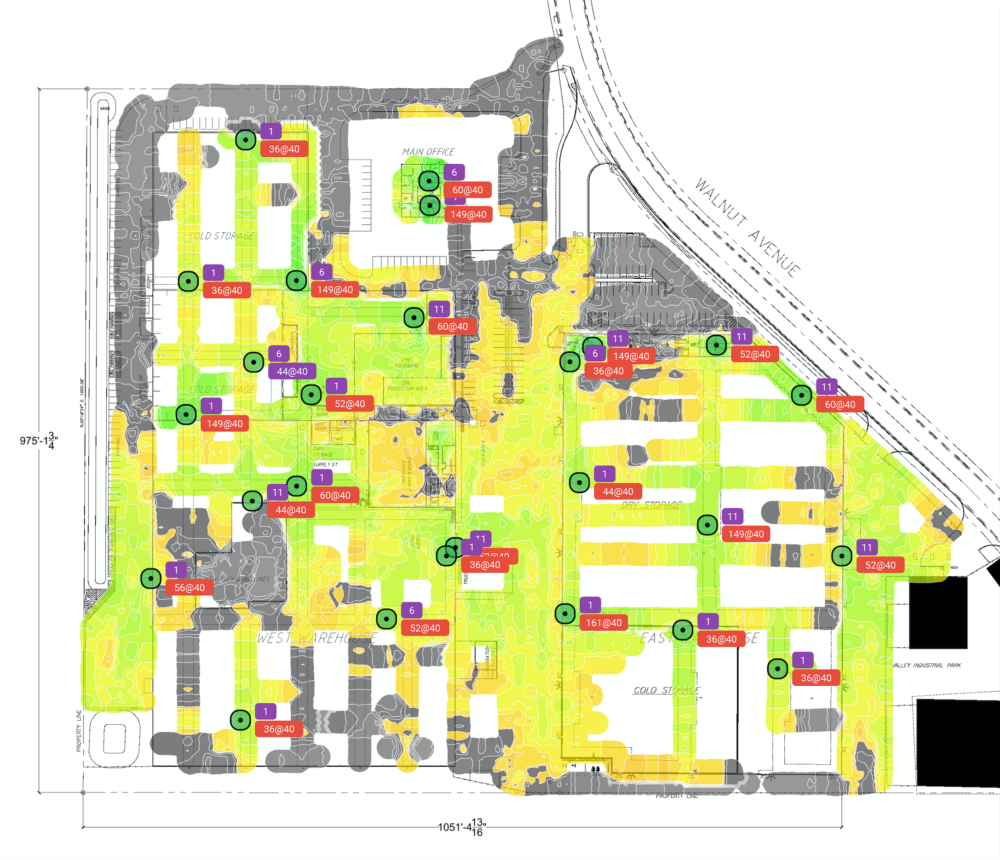
Wireless Site Surveys & Network Refresh Deployment
Platform-Neutral Wireless Surveys and AP Deployments
Our network refresh service leads organizations through wireless modernization by leveraging our three-phase Assessment & Design, Build & Ship and Deployment process, on a global scale, giving you a single vendor solution. We provide a complete end-to-end solution, from wireless site surveys (coverage heatmaps), optimized wireless architecture designs, to new cabling and AP installation with validation surveys.
Our platform-neutral approach means we aren’t tied to a specific manufacturer solution, we are aligned to your goals and budget. And our approach is flexible, allowing you to leverage only the service components that you need, which helps to manage costs.
Wireless Network Refresh Offering
-
Assessment & Design
- This is the upfront wireless site survey and analysis work to determine the current state of your wireless network that enables us to develop an optimization roadmap. We follow the same approach for a wireless refresh or a new site implementation.
-
Build & Ship
- Once the design/architecture is finalized and the hardware is purchased, our global logistics team provides secure staging areas to store hardware where our network Subject Matter Experts (SME) can build and pre-configure devices with your project requirements. Next, we ship directly to the installation site.
-
Deployment
- Leveraging our hundreds of global field engineers, installing wireless hardware is one of our core capabilities. Part of our deployment process is to conduct a post-validation survey to confirm design specs
Our Modular Approach

Streamline Your Wireless Network Refresh Today
From Assessment and Design to Build and Ship to Deployment, our global team of engineers can help survey and improve your wireless networking architecture.
After all, one of your greatest assets, human capital, is only as good as the network that supports them. Ensure your networking infrastructure supports your team regardless of their on-site location.
Fill out this on-page form, and a Park Place Technologies representative will reach out to schedule a time to discuss your wireless assessment and implementation needs. →










